What's up in Gran Canaria? Well, you'll be if you choose/dare to visit some of the island's high points. Just imagine the photographs you'll be able to capture.
1.) Get down to go up
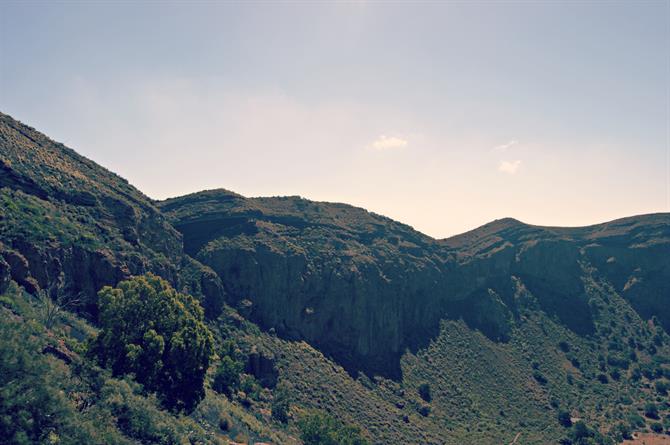
When people think of Bandama, they inevitably think of the Caldera de Bandama. But as well as plumbing the depths, there's the natural high of the Pico de Bandama. This stands at 569m (1,867 ft) above sea level, at its uppermost point.
2.) Discover mountain-high Gran Canaria
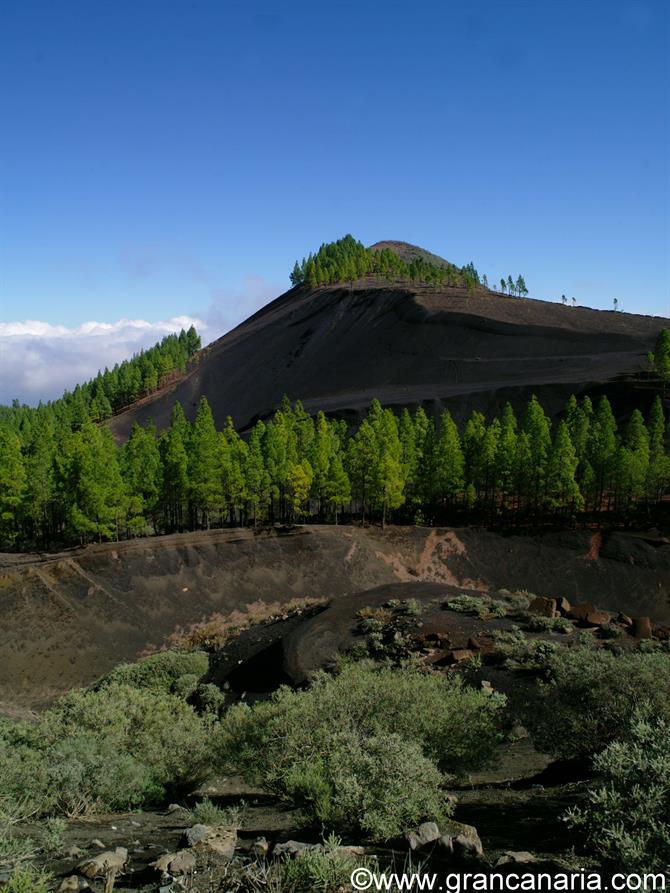
Not many people know that the tallest mountain in Spain's located on the Canary Islands. And Gran Canaria's Pico de las Nieves, with a height of 1,949 metres, does lag quite a way behind Tenerife's 3,718m-tall Teide. Other high spots to look out for on the island include the pictured Montañon Negro (Big Black Mountain) which rises highest in the municipality of Valleseco
3.) Visit alpine Artenara
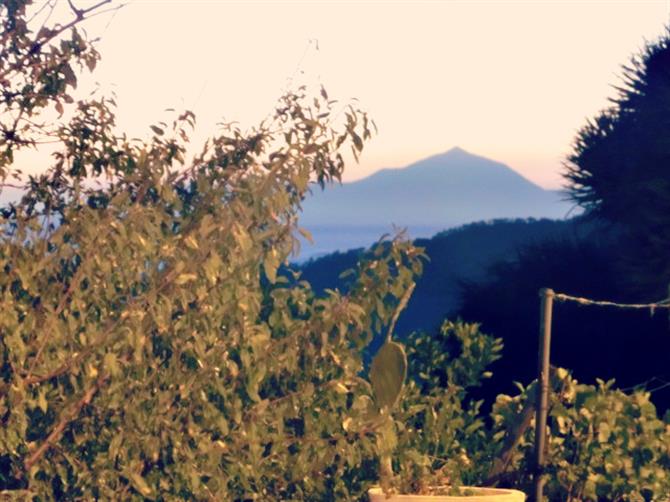
One way to go up in the world on Gran Canaria's to travel to the loftiest village on the island, Artenara. You'll discover some of the finest views on Gran Canaria there. And not just of GC, but neighbouring Tenerife too, including vistas of Teide.
4.) Stop off at a mirador
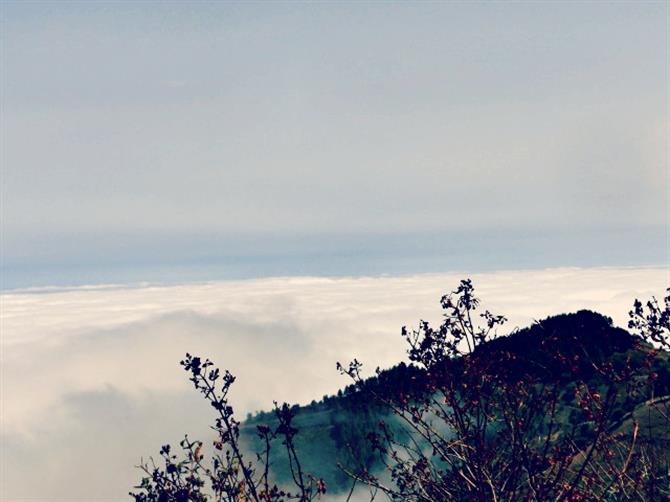
There are miradors dotted around the island's minor roads. One of the most scenic viewing points is the Mirador de los Pinos de Gáldar. This landmark's also the start of a testing 13km-trek to Teror, if you want to get out and about on two feet as well as four wheels.
5.) Take time out in Tamadaba
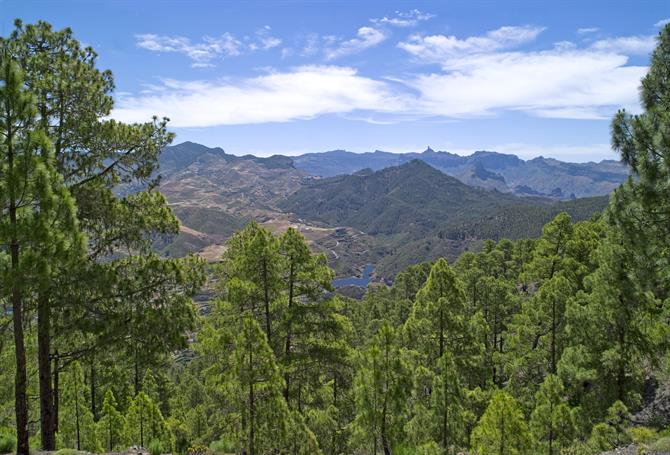
The Parque Natural de Tamadaba comprises 7,539 hectares. It's where you find the island's best-preserved pine forests. This area of high-altitude outstanding natural beauty so large, it borders Agaete, Artenara, and La Aldea de San Nicolás.
6.) Explore Gran Canaria's rocks of ages
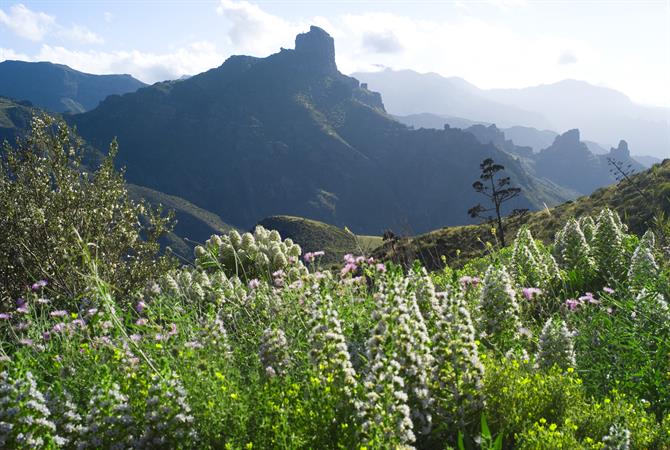
You'll find plenty of prominent rocks on Gran Canaria, particularly in the centre of the island. As well as the iconic Roque Nublo, there's Roque Bentayga as depicted above. Extending to a height of 1,404 metres, its nearby caves provided home to the canarii, the Berber-descending race who occupied GC before the 15th-century Spanish conquest.
7.) Feast your eyes in the south-east
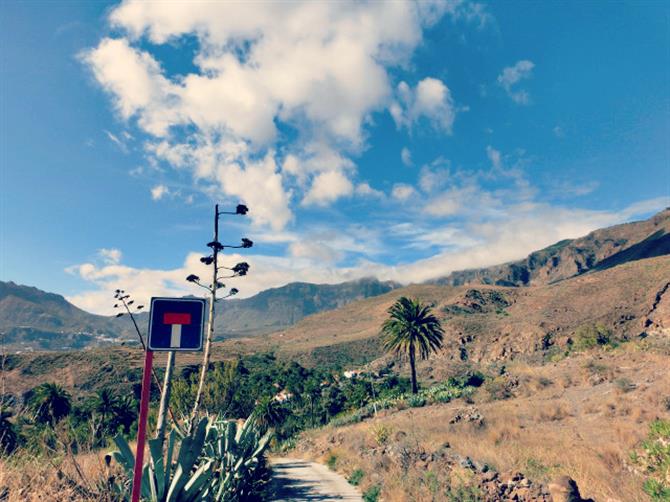
If you're after spectacular vistas of majestic mountains, the south-east municipality of Santa Lucía de Tirajana's a must visit. When the island was still known as Tamaran, the Forteleza de Ansite was a key canarii fortress. It was where the last of the resisting original inhabitants of the island retreated. Pedro de Vera and his men, however, sought to starve them into surrender which they all did, save for leader Bentejui who leapt to his death in preference to a life of servitude.
8.) Live it up in Las Palmas
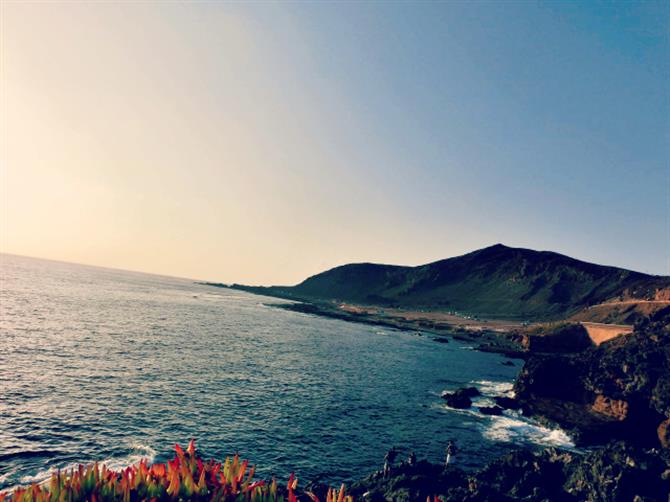
The likes of Las Palmas de Gran Canaria's Altavista, literally High View, will afford you a birds-eye-perspective of the capital city. Similarly, La Isleta's more slope than plain. Las Coloradas, the area's mountain, reaches a height of 293 metres, the city's highest point.
9.) Admire Ayacata
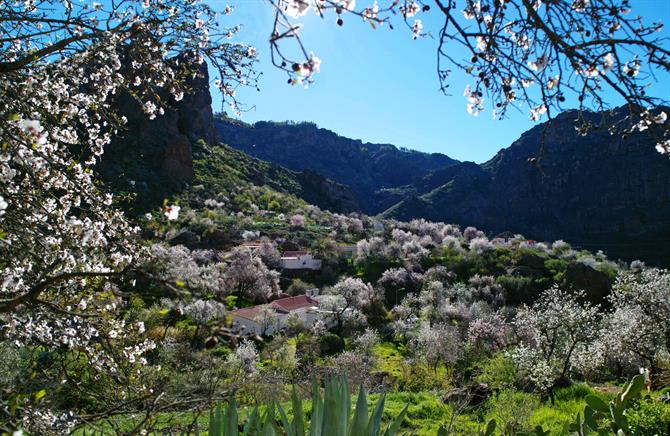
There's not much to the hamlet of Ayacata, a couple of restaurants, a church, and a handful of houses. Yet at 1,300 metres above sea level, it certainly enjoys an elevated position. Nearby rock formations including Roque Nublo date back to up to four million years ago.
10.) Travel to Tejeda

The stunningly beautiful whitewashed village of Tejeda's a great base to explore the likes of Ayacata and beyond. The photo above of my eldest son Dani was taken on the S70 footpath and shows the Mount-Fuji-like Teide in the distance. We were hiking as a family to Roque Nublo at the time.
